Residences
|
-
About this Collection
Royalty, nobility, business people, and common folk are all interested in the structure and appearance of their homes. Many of the world's most well-known and beloved buildings are residences that were built at great expense by monarchs and aristocrats who commissioned famous architects. Families who were successful in business have also erected influential homes.
From castles and palaces to cottages and modern homes, residential buildings provide more than shelter. Each tells a fascinating story about the lives and times of the people who live there.
-
Baxter print of Vanbrugh's Castle Howard from Morris' Series of Picturesque Views...
This exterior view of Vanbrugh's Castle Howard appears in F. O. Morris' A Series of Picturesque Views of Seats of Noblemen and Gentlemen of Great Britain and Ireland, published in the 1880s.
-
A British townhouse circa 1830 from Pugin's Contrasts
-
Baxter print of Windsor Castle
Baxter print of Windsor Castle from F. O. Morris' A Series of Picturesque Views of Seats of Noblemen and Gentlemen of Great Britain and Ireland, published in the 1880s.
-
Elevation of the Palais d'Orleans in Paris
Elevation of the Palais d'Orleans, designed by architect Salomon de Bosse for Queen Marie de' Medici in 1615. Today it is known as the Palais du Luxembourg, and its park is a favorite with Parisians and tourists.
This image is from the Petit Marot, the earliest publication (ca. 1670) to document French late Renaissance and Baroque architecture. It's creator Jean Marot held the title of 'Architecte du bâtiments du Roi' (architect of the buildings of the king) during the reign of Louis XIV of France.
-
Fischer von Erlach's design for Schönbrunn, the palace of the Hapsburgs in Vienna
Book Four of Fischer von Erlach's ambitious Historic Architecture of 1721 is a compendium of buildings designed by the author himself.
This is his original grand conception for Schönbrunn, the palace of the Hapsburgs on the outskirts of Vienna. In size and splendor, it rivaled the palace of the French kings at Versailles.
-
Ground plan and elevation of Chiswick, Lord Burlington's country house
Plan and elevation of Chiswick, the country home of Richard Boyle, Third Earl of Burlington, completed in 1729.
Burlington was the virtual leader of the British Palladians, a group of wealthy patrons and architects who disapproved of the flamboyant Baroque architecture that had flourished in Britain in the 17th century. Burlington himself was the architect, and it is closely modeled on Palladio's Villa Rotonda. William Kent created much of the interior decoration work.
Image from The Designs of Inigo Jones, published by Kent in 1727. This book, along with others such as the Vitruvius Britannicus of 1715, were successfully used by Burlington and his circle to change the architectural taste of the British nobility from Baroque to Palladian.
-
Ground plan of a 'palace for a prince', as designed by Paul Decker
Ground plan of a 'palace for a prince'. Engraving from Paul Decker's Furstlicher Baumeister, oder Architectura civilis (Masterbuilder for Princes, or Civil Architecture) of 1711.
Decker (1677-1713) was a trained architect, but is remembered today primarily for this book, which influenced the development of German Baroque architecture. As a visual document of idealized projects presented almost exclusively without text, it illustrated to the German nobility how to plan, build and decorate residences and gardens.
-
Harewood House, partially designed by Robert Adam
Harewood House in Yorkshire, England. Robert Adam designed the flanking wings in 1759. This is a Baxter print from F. O. Morris' A Series of Picturesque Views of Seats of Noblemen and Gentlemen of Great Britain and Ireland, published in the 1880s.
-
Perspective view of a palace and its extensive grounds, gardens, and outbuildings
Perspective view of a palace and its extensive grounds, gardens, and outbuildings. Engraving from Paul Decker's Furstlicher Baumeister, oder Architectura civilis (Masterbuilder for Princes, or Civil Architecture).
Decker (1677-1713) was a trained architect, but is remembered today primarily for this book. Published between 1711 and 1716, it influenced the development of German Baroque architecture. As a visual document of idealized projects presented almost exclusively without text, it illustrated to the German nobility how to plan, build and decorate residences and gardens.
-
Tudor style Burghley House
The Tudor era residence of the Marquis of Exeter, Burghley House. Having a home in an earlier style did not deter the Marquis from commissioning Piranesi to design a neoclassical fireplace.
This image is from F. O. Morris' A Series of Picturesque Views of Seats of Noblemen and Gentlemen of Great Britain and Ireland, published in the 1880s.
-
Residence in Garnier's utopian modern city
This residence, in Tony Garnier's industrial city of the future, sports a large copy of a famous classical sculpture displayed in the Louvre in Paris, the Winged Victory of Samothrace.
This image is from his visionary portfolio Une cité industrielle of 1932. Garnier (1869 - 1948) was a French architect who pioneered the use of reinforced concrete and was a forerunner of modernist urban planning.
-
Proposed lakeshore house for the McCormick family, 1907
Frank Lloyd Wright designed this sprawling lakeshore summer residence for wealthy Chicago industrialist Harold McCormick and his wife, the former Edith Rockefeller, in 1907. This design illustrates Wright's ability to design a house that looked as if it had grown naturally right out of the landscape. It was never built, however, as the McCormicks turned Wright down in favor of a Classical Revival style Italian villa.
This image was included in the Wasmuth Portolio of Wright's work (1910).
-
Fischer von Erlach's design for Schönbrunn, the palace of the Hapsburgs in Vienna
Book Four of Fischer von Erlach's ambitious Historic Architecture of 1721 is a compendium of buildings designed by the author himself.
This is his original grand conception for Schönbrunn, the palace of the Hapsburgs on the outskirts of Vienna. In size and splendor, it rivaled the palace of the French kings at Versailles.
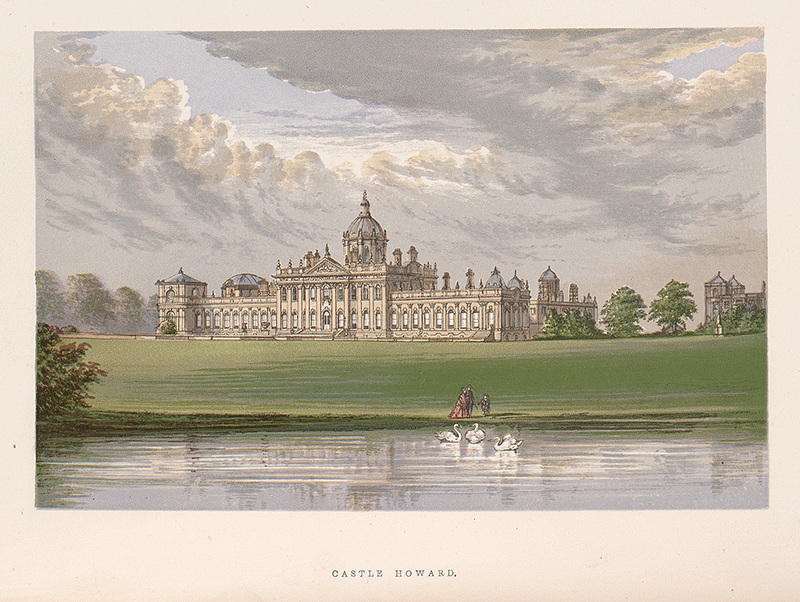 View Image
View Image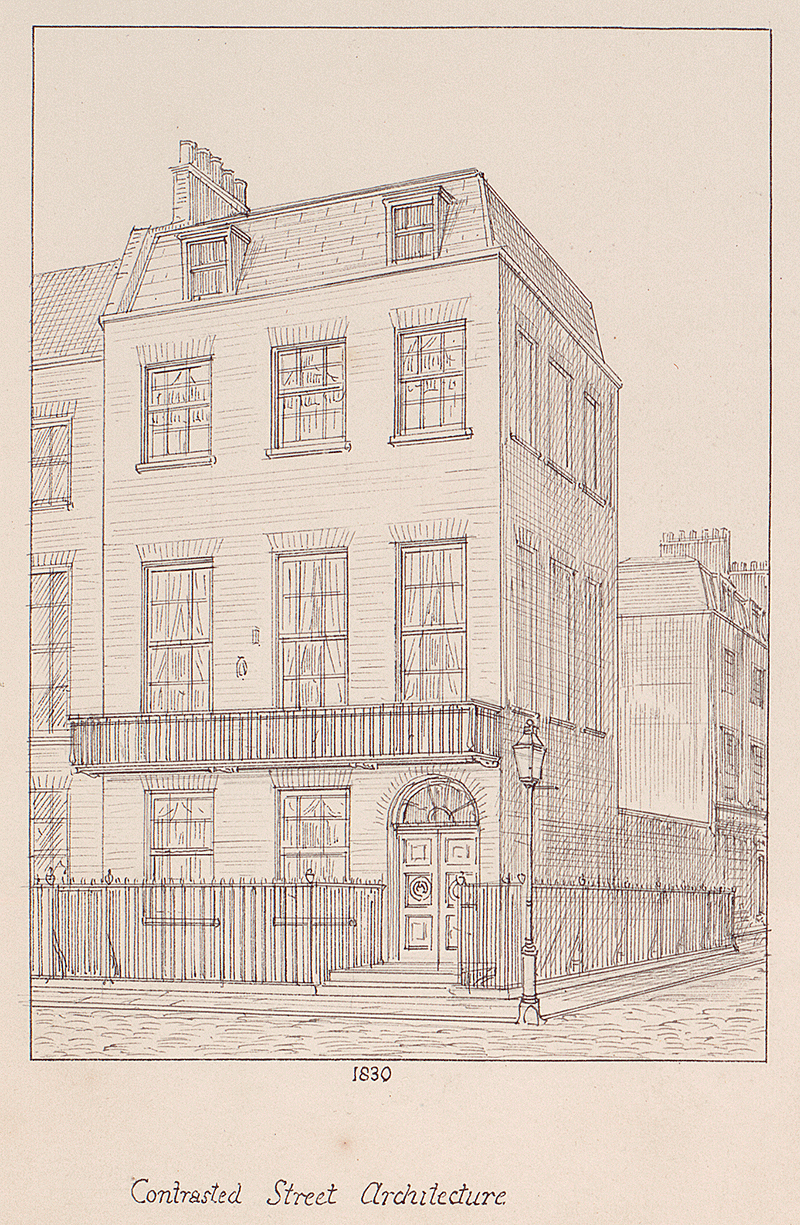 View Image
View Image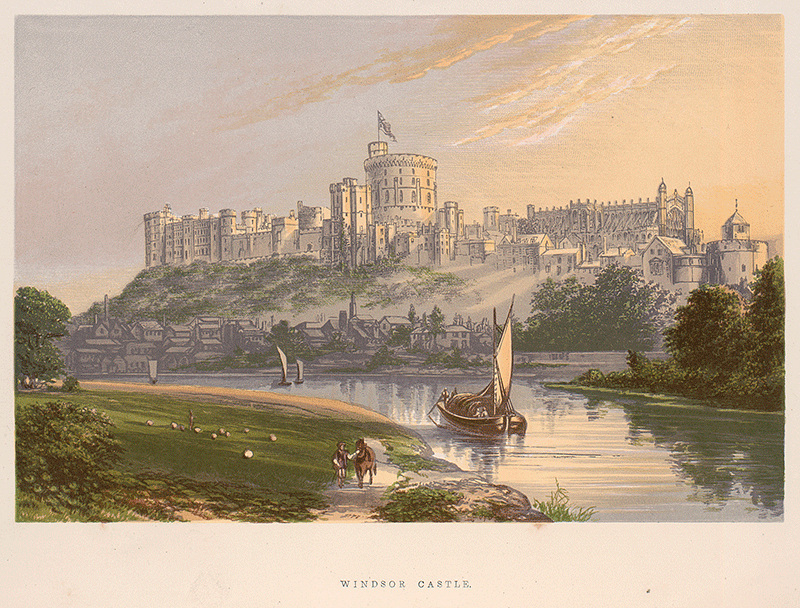 View Image
View Image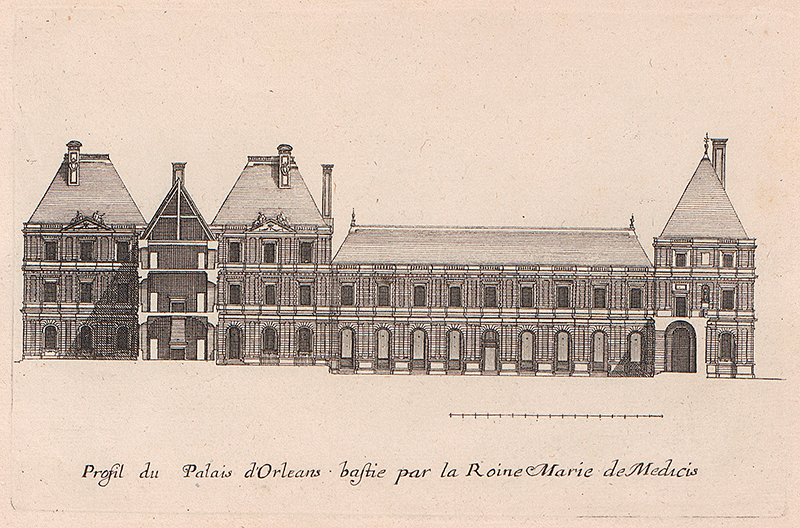 View Image
View Image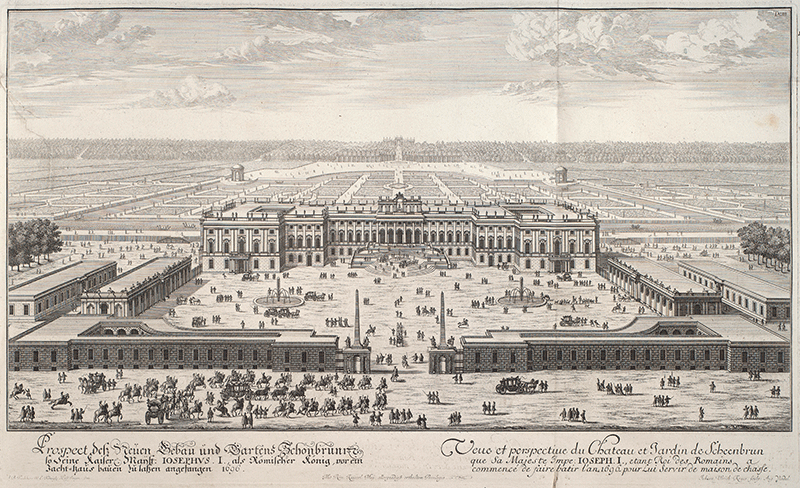 View Image
View Image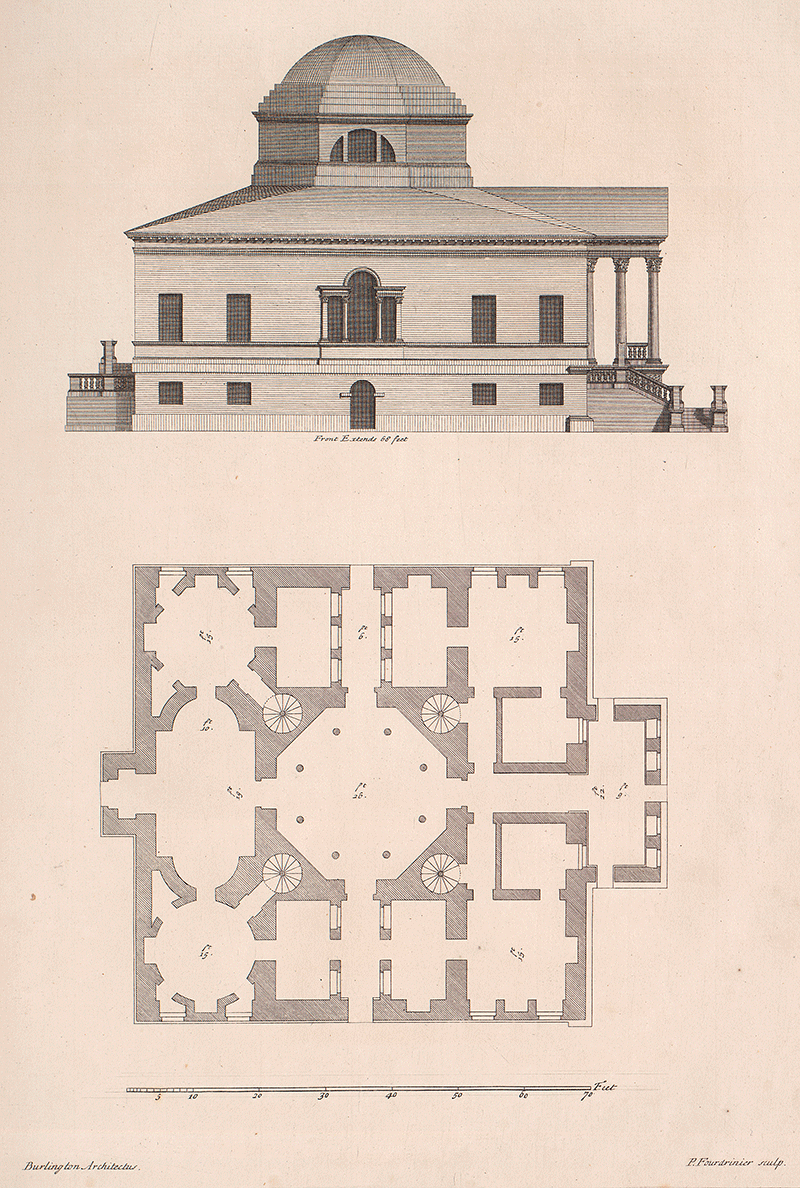 View Image
View Image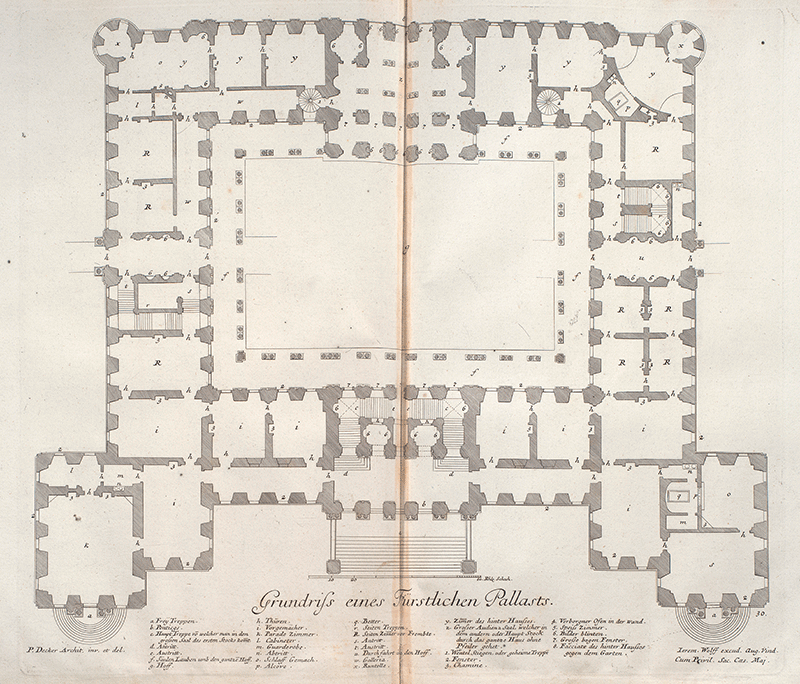 View Image
View Image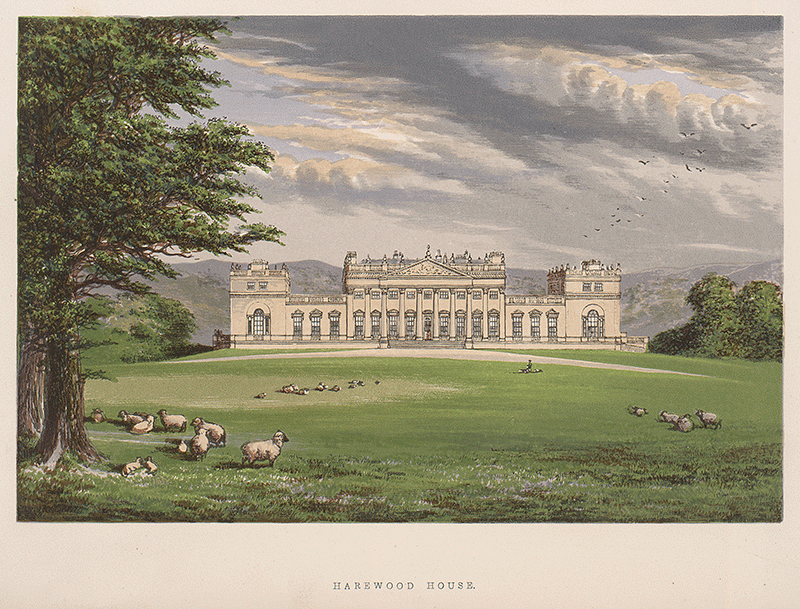 View Image
View Image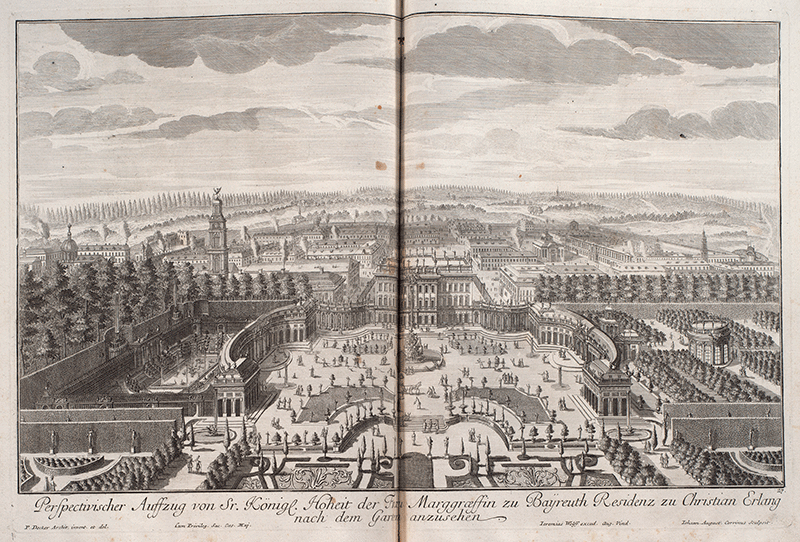 View Image
View Image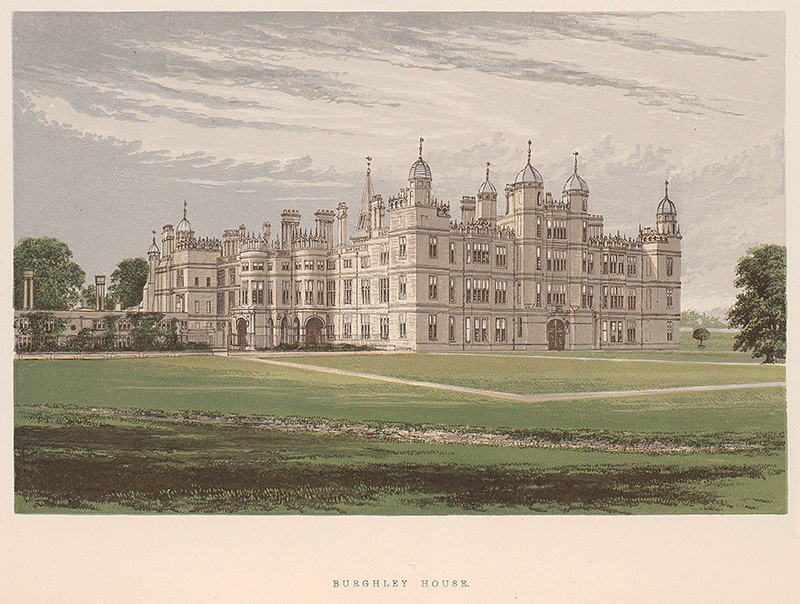 View Image
View Image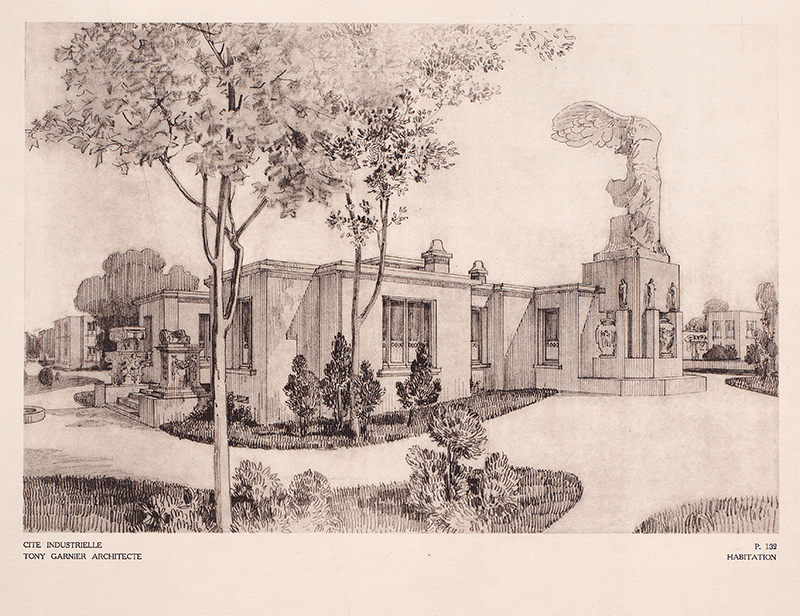 View Image
View Image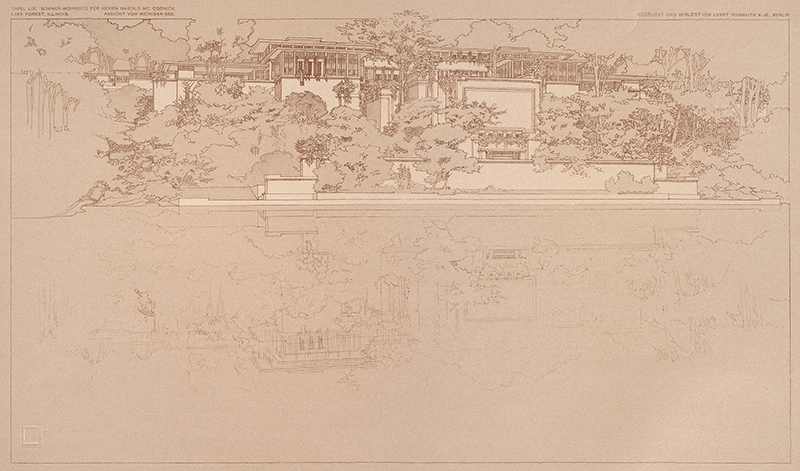 View Image
View Image